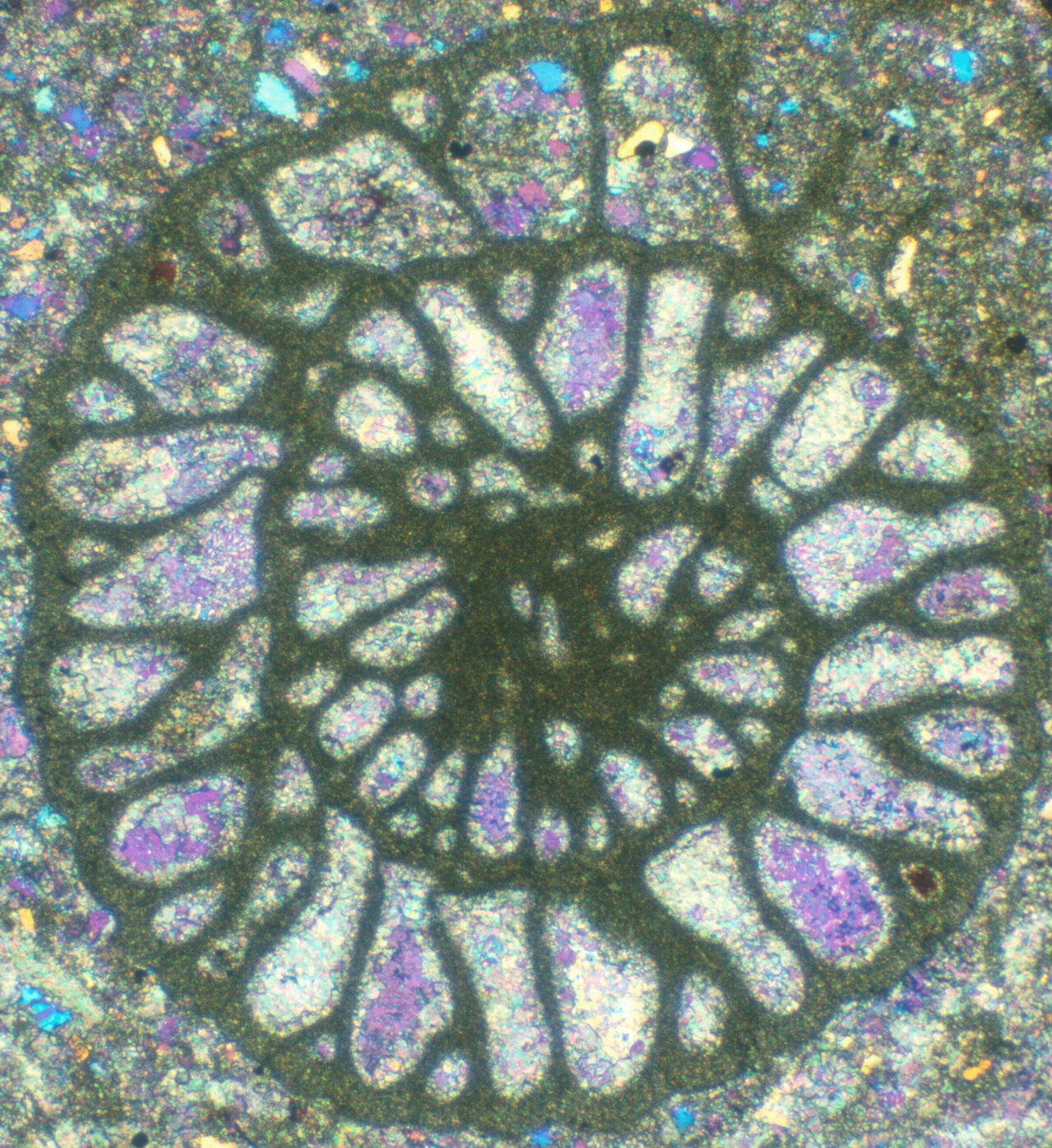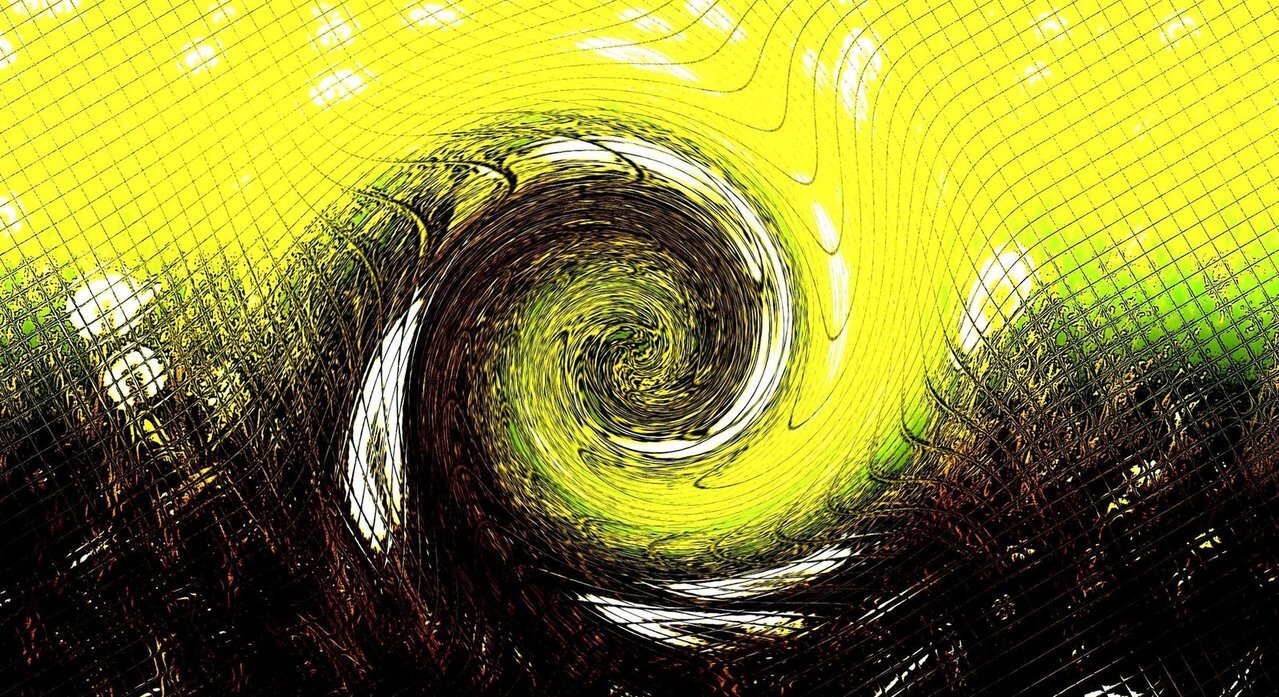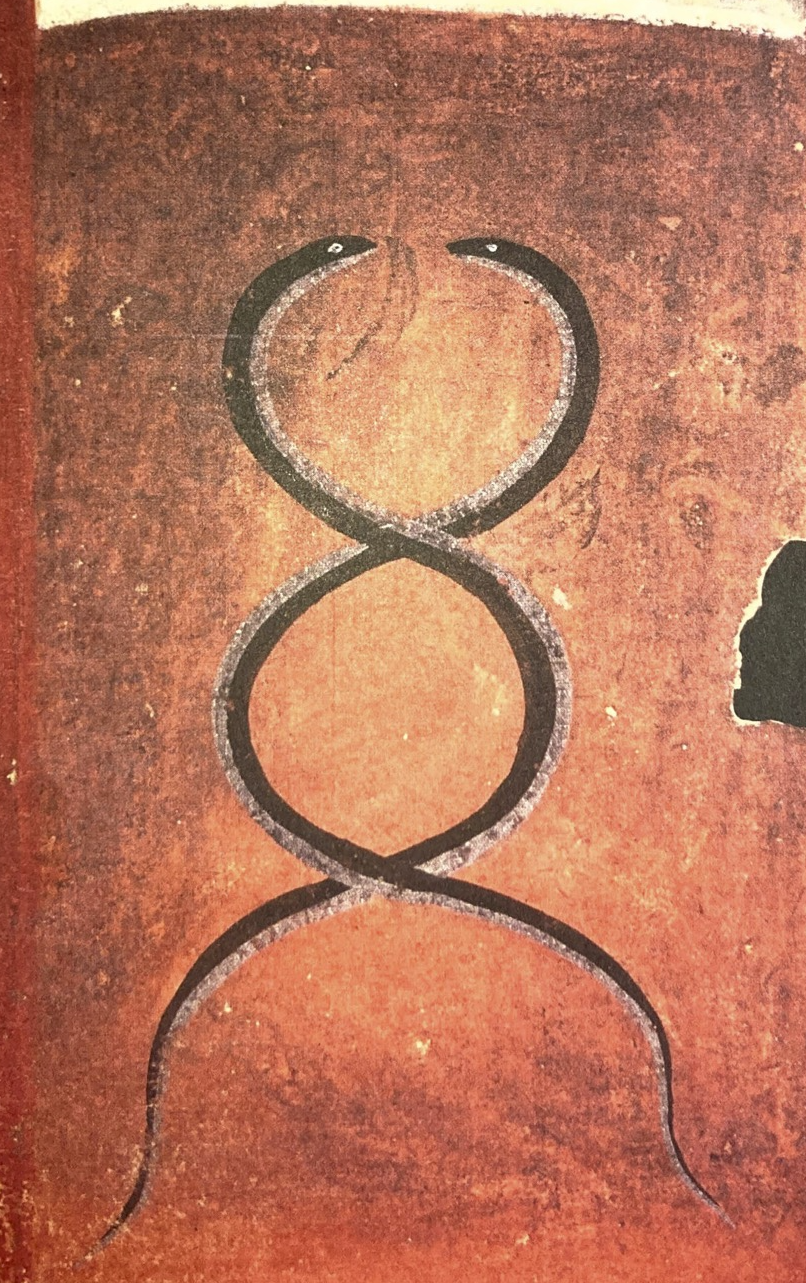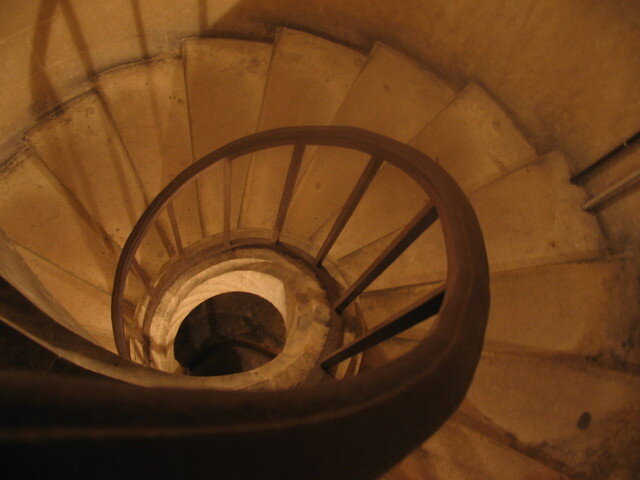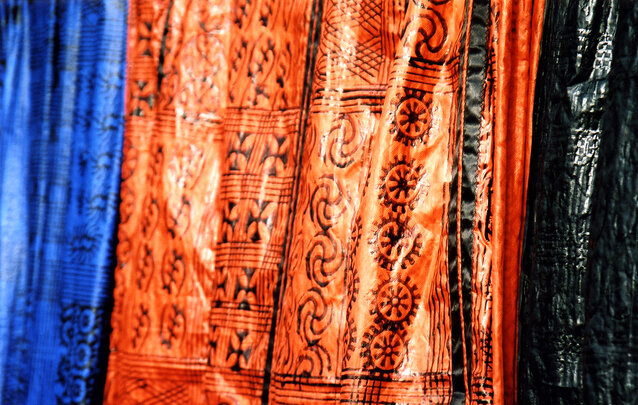The acquisition and integration of new information nudges us along the path of individuation and psychological growth. It helps us to expand our perspectives and evolve, both as a species and as individuals. But how do we find and access new information that can help us in a psychological capacity? One way is to enhance understanding of personal patterns. The relationship between patterns and new information is a central equation in the process of evolution and growth. Now consider for a moment the juxtaposition between inner and outer patterns. Through observing external patterns as they manifest in the world, we can develop new ways of seeing and understanding our own internal patterns. Let’s look at examples of external patterns as a meditative practice. While looking at the collection of images below, notice what you experience: what associations emerge, what you think, what you feel.
Were you struck by any patterns in particular? If so, what grabbed your attention? Was it the color or shape or movement? What happened as you looked at a grouping of patterns rather than just one? Did any patterns conjure memories, emotions, or associations? Something fascinating to me is how the structure and form patterns possess can create a sense of containment on the one hand, while also suggesting the potential for expansion and openness on the other. In a paradoxical way they seem to both hold and propel. If we allow our imaginations to play with the patterns we can conceptualize ways the patterns might expand or continue and we can also begin to notice different features of the patterns - things that might not have been observed initially.
If external patterns carry the potential to capture our attention and induce a sense of interest (if not wonder), can internal patterns contain the same possibility? If we take an interest in and curiosity of our own patterns (patterns of thought, movement, feeling, and relational patterns) what information might we discover? Furthermore, what change, action, and growth might occur as we integrate the information contained within our patterns - the data, insights, and wisdom they stand to impart?
Carl Jung considered the ability to reflect as an instinct. Conceiving of reflection in this way has significant implications for understanding patterns and acquiring new information. It positions the ability to reflect as an essential part of who we are and necessary for adaptation, insight, and growth. Reflecting on one’s experience is therefore not a luxury but actually has instinctual qualities that support our survival.
When personal patterns encounter significant changes in the external environment, friction often ensues. Internal patterns that have become habits are challenged when outer circumstances interrupt them. These moments and experiences are great opportunities for deeper understanding of our patterns and evolving them to better suit our needs, development, and individuation. Reflecting on the past year and a half and the covid-19 pandemic, we have been greatly challenged (collectively and individually) to shift patterned ways of being and functioning. This is likely to continue as we navigate the “re-opening” of the world and return to increased levels of outer involvement. It can be useful to maintain compassionate curiosity of how your internal patterns are adjusting and adapting to the changes in the external world, including more extroversion. These personal patterns may include patterns of: socializing, talking, eating, moving, thinking, as well as other behavioral and relational patterns.
In closing, let’s return to the observation of how patterns can hold structure, while also provide opportunity for expansion. If one looks at a pattern long enough the paradox noted earlier emerges between containment and openness. This can be helpful to apply to our own patterns. How are your patterns holding aspects of your lived experience? And even more, what information is contained within your patterns that can be used to (paradoxically) transform and change them? Just as we examined the patterns in the images above, what do you notice when you pay active attention to your own internal patterns? What do they reveal about what you’ve experienced, where you are, and how you might move forward?




